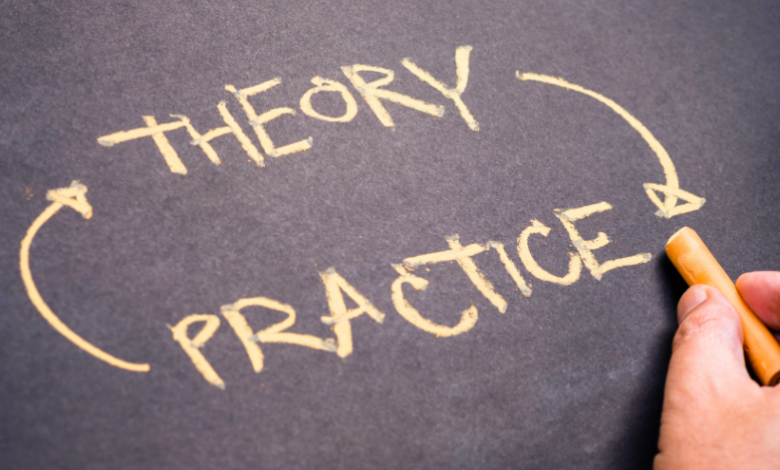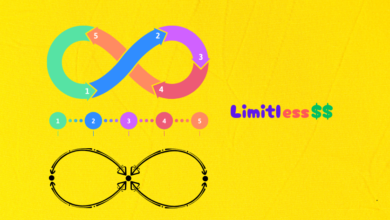Unlocking the Power of harmonicodecom in Music Theory

Music is a frequent language that transcends obstacles, and on the coronary heart of this language is the tricky shape of harmony. But nowadays, we step past the conventional regulations of staves and notes; we’re plunging directly into the digital age, exploring the arena of harmonic code. For the uninitiated, harmonic code is a effective tool that merges the aesthetics of song with the precision of era.
In this comprehensive guide, we are taking a deep dive into the idea of harmonic code, its importance in cutting-edge song, and the profound effect it has at the innovative manner. Whether you are a musician looking to wield generation in your prefer, a coder intrigued with the aid of the nexus of tune and programming, or only a curious fanatic, this exploration promises to be an enriching one.
Unveiling Harmonic Code: A Primer
Before we explore the intricacies of harmonic code, it’s crucial to establish a foundational know-how. Harmonic code is a hard and fast of standards and practices that encodes and decodes harmony in the context of song. It’s a lingua franca between the musical and the computational, taking into account dynamic compositions and insightful analysis.
Composers, analysts, and technologists use harmonic code to extract and manipulate the harmonic spine of song. By breaking it down to its numerical essence, it becomes a canvas for the based yet modern musical expression that the modern-day target market craves.
The Role of Harmonic Code in Music Production
In the area of track production, understanding harmonic code may be a game-changer. It allows manufacturers to create complex chord progressions, examine key adjustments, or even assist within the mixing and learning manner. Through the use of specialised software, harmonic code is employed to automate the production of harmonically wealthy music, whether or not it’s for the next chart-topping pop single or the emotive backdrop to an indie movie.
By leveraging harmonic code, producers and sound engineers reduce the time spent on tedious tasks, facilitating the focus on the more innovative and experimental elements of the manufacturing technique. Furthermore, it serves as a manner to bridge the gap among technical precision and emotional resonance, giving musical works both intensity and accessibility.
The Intersection of Music Theory and Programming
The synergy between track idea and programming becomes most evident on the crossroads of harmonic code. Musicians regularly take an intuitive approach to concord, crafting melodies and chord sequences by means of ear. Programmers, however, method troubles with shape and analytical precision. Harmonic code bridges this gap, taking into consideration the harmonious amalgamation of summary splendor and logical constructs.
For those properly-versed in song theory, adopting programming languages can be empowering, beginning doorways to the introduction of flexible musical systems. Conversely, programmers who project into the realm of harmonic code find a new area for his or her computational capabilities, one where their expertise can form the very material of song.
Harmonic Code and Artificial Intelligence: A Futuristic Duo
The creation of artificial intelligence in tune brings an remarkable level of sophistication. AI is a natural ally of harmonic code, as it is capable of processing widespread amounts of musical facts to generate insights and compositions which are each novel and coherent. From AI-driven plugins that decorate songwriting to structures that compose entire musical pieces, the destiny appears vivid for harmonic code in AI.
Artificial Intelligence guarantees to be a valuable partner, now not a substitute, for human creativity inside the track industry. By parsing via the nuances of harmonic code, AI contributes to a brand new wave of musical innovation, imparting clean perspectives and challenging the notion of innovative barriers.
Practicing Harmonic Code: Where to Begin
For the budding musician-coder, the course to mastering harmonic code may also seem daunting at the beginning. However, with the right sources and a systematic technique, it’s far an attainable purpose. The first step is to familiarize yourself with programming languages that are nicely-perfect for musical applications, inclusive of Python, Pure Data, or SuperCollider.
Next, immerse yourself within the international of track principle, especially specializing in concord and chord progressions. Tools like the Hooktheory and OneTwoPitch can assist on this system, serving as the bridge among the musical and the mathematical worlds.
Lastly, exercise is key. Begin by easy algorithmic compositions, regularly growing the complexity of your scripts as you develop greater succesful. Collaborating with others in the discipline can also be immensely beneficial, exposing you to specific patterns and processes.
The Ethical Implications of Harmonic Code
The harmonization of music idea and era is not with out its moral considerations. The automation and commodification of song advent boost questions about authorship, creativity, and the very essence of artwork. There is a pleasant line between leveraging equipment along with harmonic code to decorate artistic purpose and relying on them to update human ingenuity.
It’s crucial for creators, technologists, and the industry at huge to interact in important discourse, setting up moral frameworks that maintain the integrity of music. This consists of transparent credits in AI-generated tune, honest compensation for creators, and public consciousness of the position era performs inside the musical landscape.
Harmonic Code in Performance and Education
Beyond the studio and the lab, harmonic code has implications for live overall performance and music training. Live coders, or musicians who code at the fly all through performances, show off the immediacy and expressive ability of harmonic code. In instructional settings, it could be a powerful device for coaching tune idea, making it extra approachable and interactive.
The integration of harmonic code in both performance and training democratizes song creation, making it handy to a broader audience. It also fosters a network of creative coders and technologically literate musicians, shaping the future of the enterprise.
The Limitless Horizons of Harmonic Code
Harmonic code is greater than just a trend; it’s far a testament to the symbiotic dating among track and era. With its boundless potential, it maintains to redefine the creative process and the very notion of what music can be. The ideas of harmony, as soon as constrained to the pages of sheet song, are actually encoded into the language of algorithms, ready to be decoded into melodic masterpieces.
As we peer into the horizon, it’s clean that the harmonic code is at the forefront of musical innovation. It challenges us to suppose otherwise, to create with goal and precision, and to push the boundaries of our sonic explorations. In an technology in which virtual and analog combination seamlessly, harmonic code serves as a compass, guiding us through a terrain of endless musical opportunities.
For musicians, programmers, and audiences alike, the harmonic code holds the important thing to a world of discovery. It’s time to free up its potential and harmonize our way into a brand new era of musical expression.



